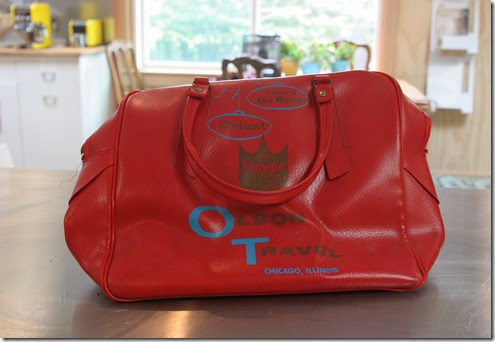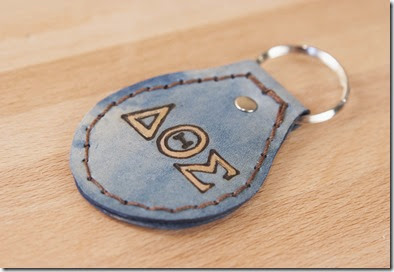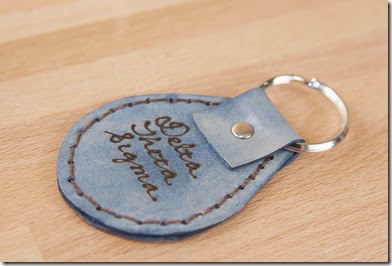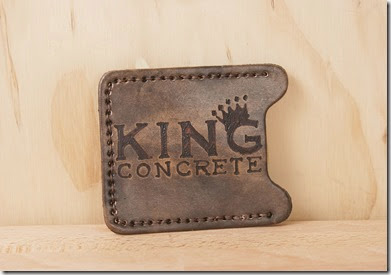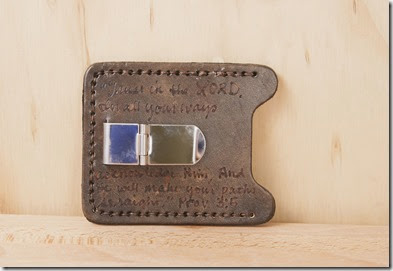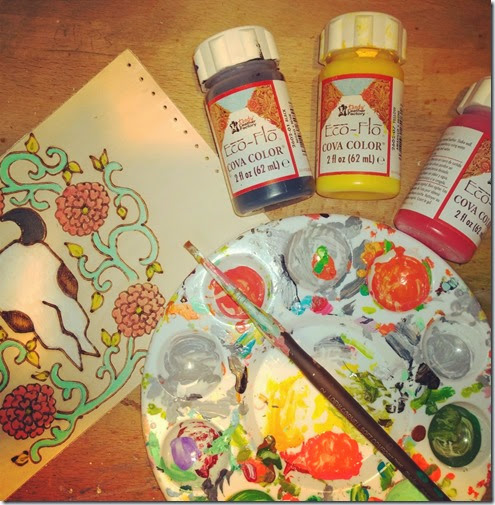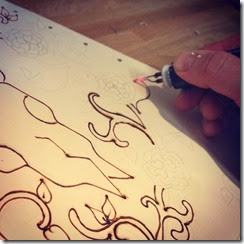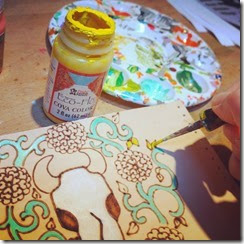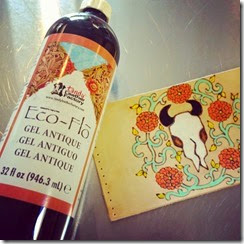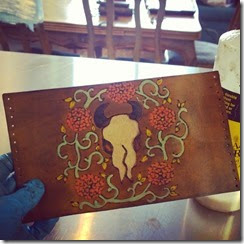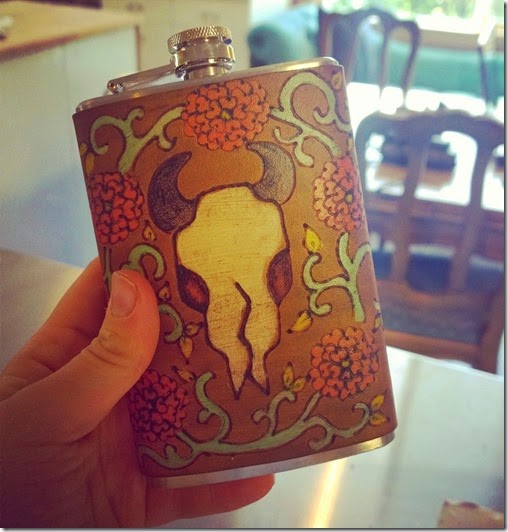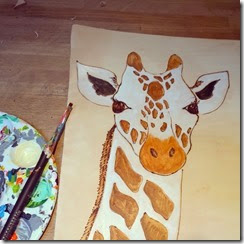All too often when I am at the studio my son finds a little piece of scrap leather to chew on, and I let him do it. I use vegetable tanned leather so there’s nothing in it – no pigments, no dyes, no artificial softeners – it’s just cow skin and tree bark. If I were using chromium tanned leather, however, this would be different. Chromium tanned leather is commonly used in handbags, shoes, jackets, upholstery and other garments and accessories.
Why would it be different with chromium tanned leather? Well, because chromium tanned leather can contain lead.
Lead white was being produced by the 4th century BC and was a common ingredient in house paint in the 20th century. Among the benefits of lead-based paint are reduced drying time, more vibrant colors, better coverage, and stabilization of the paint formula. The risks, however, if the lead is ingested are horrible. Lead is a neurotoxin and can, among other problems, cause damage to the brain, nervous system, stomach and kidneys. It can also cause reproductive problems in adults. Recognizing he US banned lead from house paint in 1978 but this does not mean it is gone from all paints, and certainly does not mean it is gone from paint in all countries.
In a day and age where many of the products that we have in our homes do not come from domestic sources. In 2007 Mattel issued a nine million item toy recall for lead based paint and small magnet hazards. We’ve become more vigilant in testing children’s products for lead paint, thanks in part to the Consumer Product Safety Improvement Act (CPSIA) of 2008, but the CPSIA will not protect your child from lead in leather.
Why? Because babies don’t just play with baby toys. As my son reminds me every time he picks up a piece of scrap leather, my keys, wallet, cell phone, or other non-toy item to chew on, some kids just like to stick things in their mouth. The lack of testing standards for lead exposure in leather goods means that you can find lead levels up to 195 times the federal limit for children’s toys in your wallet. You don’t want your kid even touching your wallet in this case, since lead can leach onto the skin, let alone putting it in his mouth. And, if you’re of child-bearing age, you don’t want to touch it either since it can cause fertility problems.
There is also no CPSIA requirement for leather testing. Despite ABC’s report on the lead hazards in purses, the CPSIA lists leather as an exempt material:
Title 16 §1500.91 (d) The following materials do not exceed the lead content limits under section 101(a) of the CPSIA provided that these materials have neither been treated or adulterated with the addition of materials that could result in the addition of lead into the product or material:
(d) (8) Other plant-derived and animal-derived materials including, but not limited to, animal glue, bee's wax, seeds, nut shells, flowers, bone, sea shell, coral, amber, feathers, fur, leather.
The current federal limit is 100ppm in children’s goods (toys and clothing) but without testing, how in the world would you know if those cute leather booties are safe for your child? When their feet sweat, will the lead in those gorgeous leather colors leach onto your little one’s foot and into their skin? Will they take that bootie off when they are in the backseat of the car and put it into their mouth while you’re driving down the freeway?
The truth is, you don’t know. A few major retailers have had their bags tested as a result of the work of the Center for Environmental Health (CEH), but not four months ago the CEH posted a warning to avoid purses and belts from several retailers over the holidays as they still are not meeting the safety standards. Lead contaminants have also been found in shoes and leather upholstery.
But I need a purse! Yes, probably true. Well, don’t go running to a synthetic alternative to avoid the lead in leather problem. Studies found lead in faux-leather handbags, too. So here’s what you can do:
* Avoid chromium tanned, or garment, leathers. Instead opt for vegetable tanned leather (like the ones from www.moxieandoliver.com)
* If you were carrying a vinyl or faux-leather bag and want to stay away from real leather, consider canvas or another fabric instead.
* If you really love that chromium tanned leather handbag, buy a lead testing kit.
The other thing to remember is that lead is a cumulative poison. What is in your handbag, belt, or shoes now probably won’t kill you, but your body doesn’t get rid of lead as quickly as it takes it in, so minimizing exposure whenever possible is the preferred course of action.
The potential of lead poisoning from chrome tanned leather – working with, touching, wearing, etc., – isn’t why I decided to work with vegetable tanned leather initially. These dangers were not even in the news until 2007, three years after I started working with leather. My reasoning was simple: the idea of trying to burn a pattern into a pre-finished, pre-dyed, leather when I have no idea what is in the dye is disgusting at a minimum. Potentially deadly.
Vegetable tanned leather is a natural material – no dyes, not finishes, just hide and tree bark. I add the colors with water or alcohol based dyes, and an acrylic topcoat. It doesn’t require special protection, ventilation, or caution to use these dyes. There are no warnings or MSDS sheets.
And, my baby can safely be in the studio with me. He can touch the leather, and I don’t have to worry about him getting lead poisoning.
Be safe!
-Caitlin
*The photo above is an old vinyl/pleather “Stewardess” bag. I used it as the model for my handmade, vegetable-tanned leather, Travel Bag collection. All of the pieces at www.moxieandoliver.com are lead-free, of course!

